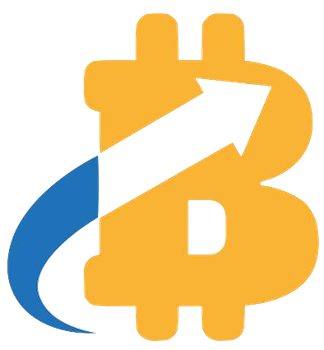The Hong Kong Securities and Futures Commission’s recent decision to offer regulatory guidance for Virtual Asset Trading Platforms (VATPs) and exchange-traded funds (ETFs) to provide staking services marks a significant turning point in the region’s crypto landscape. This move is not just about keeping pace with global trends; it’s a striking endeavor to position Hong Kong as a leader in the burgeoning digital asset economy. By allowing VATPs to engage in staking — a method fundamental to blockchain technologies, notably Ethereum — the SFC demonstrates a willingness to embrace innovation while emphasizing the necessity of maintaining robust investor protections.
The Juggling Act of Innovation and Security
While this decision reflects a progressive attitude towards crypto, it simultaneously underscores the regulatory body’s commitment to ensuring client asset safety. Julia Leung, the SFC’s CEO, stresses that safeguarding investors should be the priority even amidst these innovative changes. This dual focus on innovation and security could serve as a blueprint for other jurisdictions grappling with how to regulate digital assets. It is crucial that Hong Kong strikes a balance: enabling the growth of the industry without turning a blind eye to risks associated with new technologies. For the center-right liberal, this balancing act resonates with the need for a framework that promotes economic growth while preserving individual freedoms—particularly financial autonomy.
Rigorous Internal Controls: The Heart of Staking
The stringent internal control mechanisms instituted by the SFC are laudable. VATPs must establish rigorous operational protocols to mitigate risks inherent in staking, a necessary step considering the volatile nature of cryptocurrency markets. This layered approach — managing operational risks, resolving conflicts of interest, and maintaining transparency — exhibits a forward-thinking strategy. However, the prohibition against third-party custodians for client assets raises questions. One could argue that this restriction could limit operational efficiency and innovation. Perhaps a middle ground could be found, where third-party solutions are allowed under stringent oversight, thus combining security and innovation more effectively.
Disclosure and Transparency: Empowering Investors
The SFC’s move toward tightening disclosure requirements serves as a powerful mechanism to empower investors. Without comprehensive knowledge about staking processes — including lock-up periods, fees, and risks — users may find themselves navigating an environment laden with uncertainty. This proactive stance on transparency is commendable and reflects the recognition that informed investors are the best safeguard against malpractice and market volatility. In this regard, the SFC is not just a regulatory body but a facilitator of informed investor participation. Establishing transparent protocols enhances trust and integrity in the sector, both of which are essential for long-term adoption.
ETFs and Staking: A New Frontier
The approval for ETFs to incorporate staking through licensed VATPs is a notable extension of this regulatory framework. As fund managers align staking practices with fund objectives, investors will be offered innovative avenues to generate returns. However, the burden lies heavily on fund managers to communicate shifts in risk profiles clearly. Stakeholders should remain vigilant: regulatory frameworks must not oversimplify the complexities involved in these investment strategies. The principle that any change impacting risk or investment strategy must be communicated effectively is vital, yet the potential for miscommunication always looms large in this evolving landscape.
The strides taken by the SFC today do more than affect local markets; they hold the promise of shaping the very architecture of global crypto regulations in the times to come.



















Leave a Reply